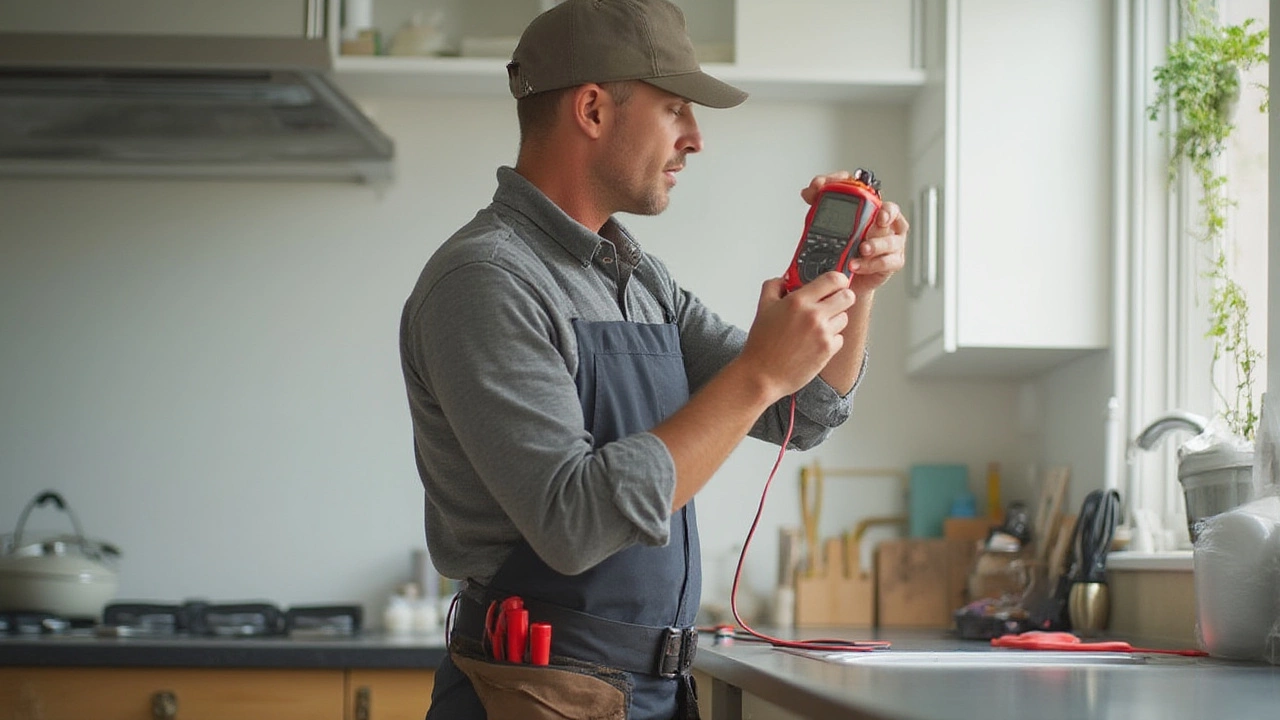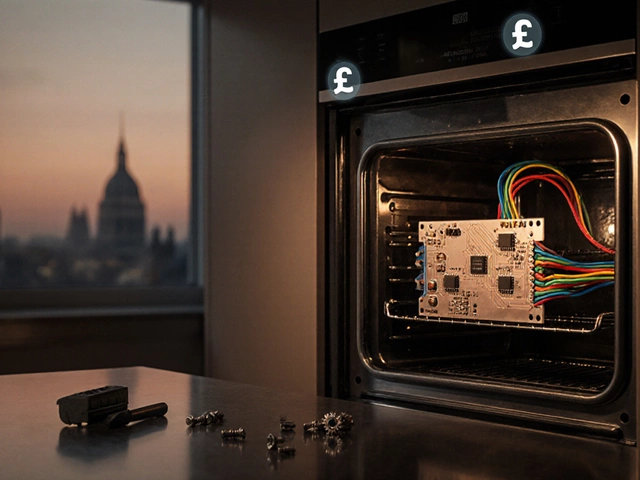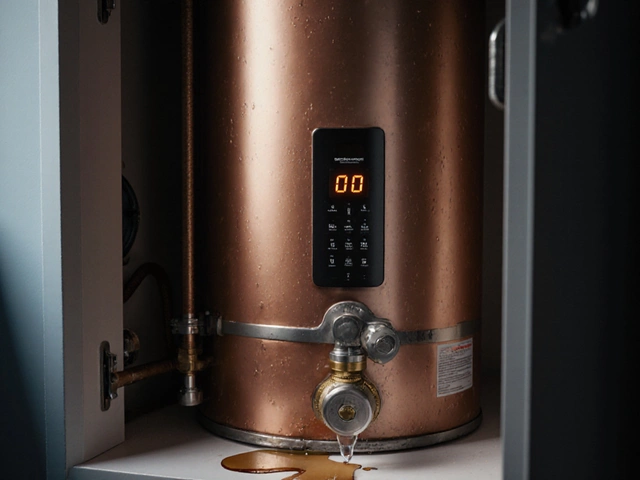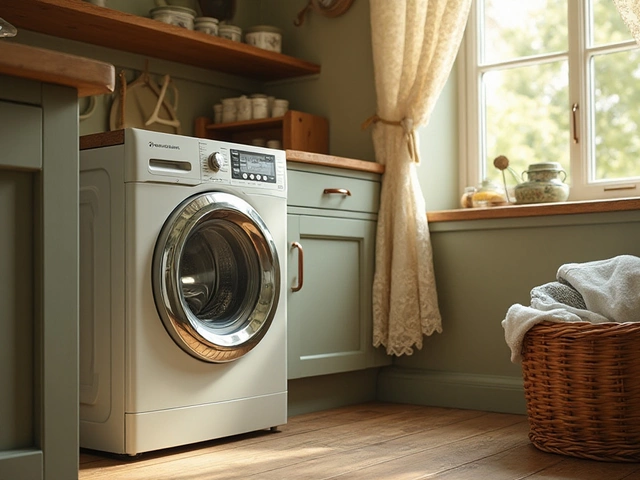Extractor fans keep your kitchen and bathroom free of steam, smells, and mould. When they quit working, the room feels damp and uncomfortable. The good news? Most fan faults are easy to diagnose and fix without calling a technician. Below you'll find the most common issues, simple DIY steps, and clear signs that you need a professional.
First, listen. A humming fan that doesn’t spin usually means the motor is stuck or the blades are jammed. If the fan is silent, the power supply might be broken or a fuse could have blown. Look at the vent grille – dust and grease build‑up can block airflow, making the fan work harder and eventually overheat.
Another frequent problem is a noisy fan. Rattling or grinding sounds often come from loose screws or a worn bearing. Check the mounting screws and tighten any that feel loose. If the noise persists, the bearing may need lubrication or replacement.
Water leaks are a red flag. Moisture around the fan housing can corrode internal parts and cause short circuits. If you see water, turn the fan off at the breaker and dry the area before you start any repair.
Here’s a straightforward checklist you can follow:
1. Turn off power. Switch off the circuit breaker or remove the fuse to avoid shocks.
2. Remove the grille. Most fans have clips or screws. Gently pull it away and clean the grease with warm soapy water.
3. Inspect the motor. Look for burnt smells or visible damage. If the motor smells burnt, it likely needs a replacement.
4. Check the wiring. Loose or corroded wires are a common cause of failure. Tighten connections and replace any frayed sections.
5. Lubricate bearings. If the fan spins slowly or makes a whining sound, apply a few drops of light machine oil to the bearing points.
6. Re‑assemble and test. Put the grille back, restore power, and switch the fan on. If it runs smooth and quiet, you’re done.
When a fan won't start after these steps, the motor is probably dead. In that case, order a compatible replacement motor or a whole fan unit. Most kitchen and bathroom fans use standard sizes, so you can find matches at local DIY stores or online.
Before you install a new fan, double‑check the vent length and duct size. A vent that's too long or too narrow reduces airflow and can cause the new fan to overwork. If you need help measuring, most stores have handy guides on the packaging.
Finally, keep a maintenance routine. Wipe the grille once a month, run the fan for at least a few minutes after every shower or cooking session, and listen for any change in sound. Regular care stops small problems from becoming big, costly repairs.
If at any point you feel unsure—especially when dealing with electricity—don’t hesitate to call a qualified appliance repair service. A quick visit can save you time, prevent damage, and keep your home fresh.

Wondering who fixes extractor fans? Find out which trade has the right skills, top repair tips, and practical advice for solving extractor fan issues fast.

Unravel the mysteries of oven troubles with a comprehensive guide that walks you through common issues and their solutions. From unexpected cold spots to issues with heating elements, this article explores practical approaches to diagnosing and fixing your oven. Learn about signs to watch out for, potential tools needed, and tips to maintain your oven's optimal performance. Perfect for homeowners who want to save a little cash and feel empowered to tackle minor repairs before calling in the professionals. This guide makes oven repair accessible and doable for the average person.

Learn the typical UK price for an oven control board, factors that affect cost, DIY steps, and when to call a professional in 2025.

Spot the top warning signs of a failing hot water heater, from strange noises and leaks to temperature swings and error codes, plus practical fixes and when to call a pro.

Choosing a reliable washing machine can be a daunting task given the numerous options available. This article provides insights into brands known for fewer repair issues and shares tips to maintain and extend the washer's lifespan. With technological advancements and design improvements, knowing how to select a durable washer can save time and money. Learn about the top performing washer brands based on recent studies and consumer reports. Also, discover interesting ways to keep your machine running smoothly.

Discover the workings of a hob, a crucial kitchen fixture that often gets overlooked until it malfunctions. Learn the common issues that can affect its performance and get handy tips on basic repairs and maintenance. Whether you're dealing with burner problems or electrical faults, this guide provides practical advice to keep your hob in top shape. Understand the typical lifespan of these appliances and how to extend it through regular care.